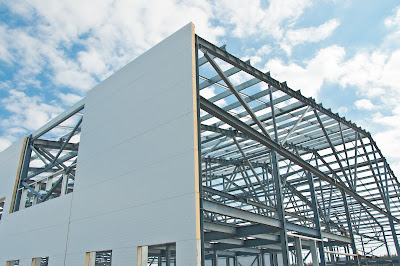The job of every structural engineer is to ensure any given building is safe and structurally sound. This can occur during the initial design of a building or during the inspection of an existing building. When it comes to steel structures, it’s hard to imagine them failing due to the strength of the building materials themselves. However, there are several different ways steel structures can fail, and most of them can be prevented with the help of great structural engineering practices.
Insufficient Strength With Connections
Almost every time you hear about a steel structure failing, it’s because of a connection issue. A structural engineer has to put in an incredible amount of thought and detail when designing the joints and connections to ensure they are strong enough. Calculating the strength of joints and connections is a tedious process, and it’s important for the structural engineer and the construction professionals to be on the same page. Any type of miscommunication in the type of bolt or other materials to use can lead to insufficient strength and possible failure.
Tension Failures
Another possible failure in steel structures is putting too much tension on any given member. It takes a significant amount of tension to create this type of failure, and most of the time it only occurs when the structural engineer makes a mistake in the design process. Tension failures are widely known as the most dangerous type of failure, so every structural engineer places a high level of importance on it in the design phase.
Too Much Weight On Beams
Beams can fail in a steel structure as well. It’s fairly simple to figure out when this type of failure will occur, since it happens when the weight on the beams exceed the weight limit they can handle. Lateral torsional buckling is the main concern for every structural engineering company, since it involves predicting where the most significant amount of weight will be placed on the beam. The strongest point of the beam is in the center of it, so buckling could occur and lead to beam failure if the weight on either end of the beam is too much for it to handle. Source


No comments:
Post a Comment